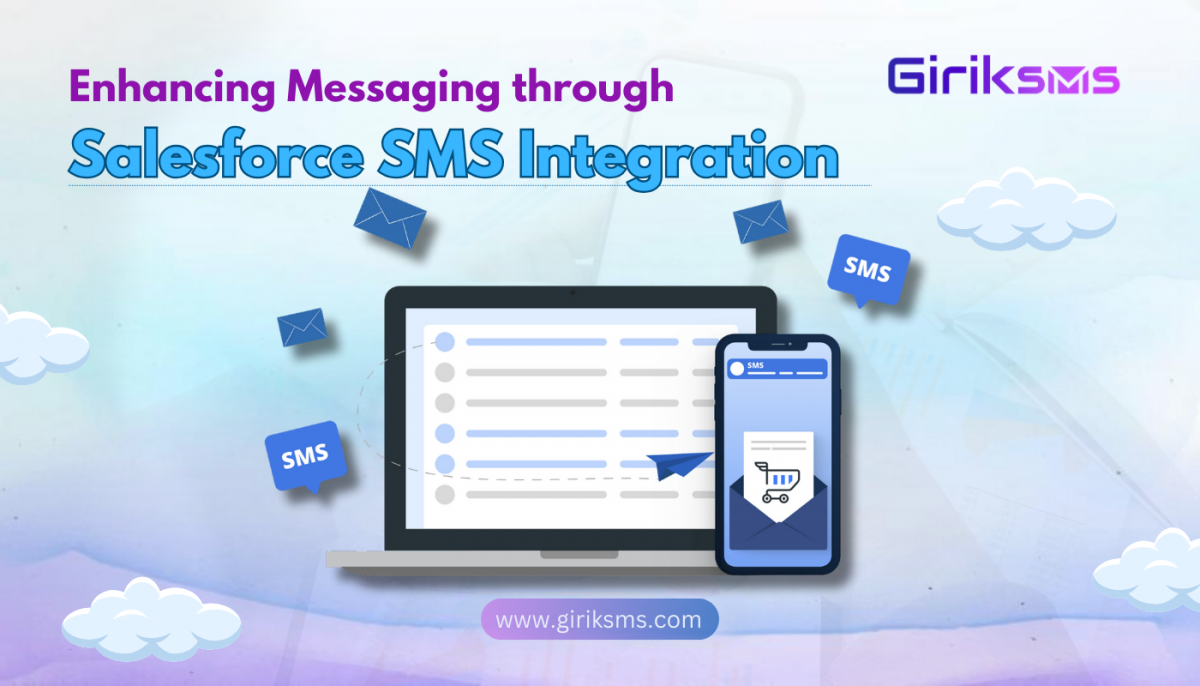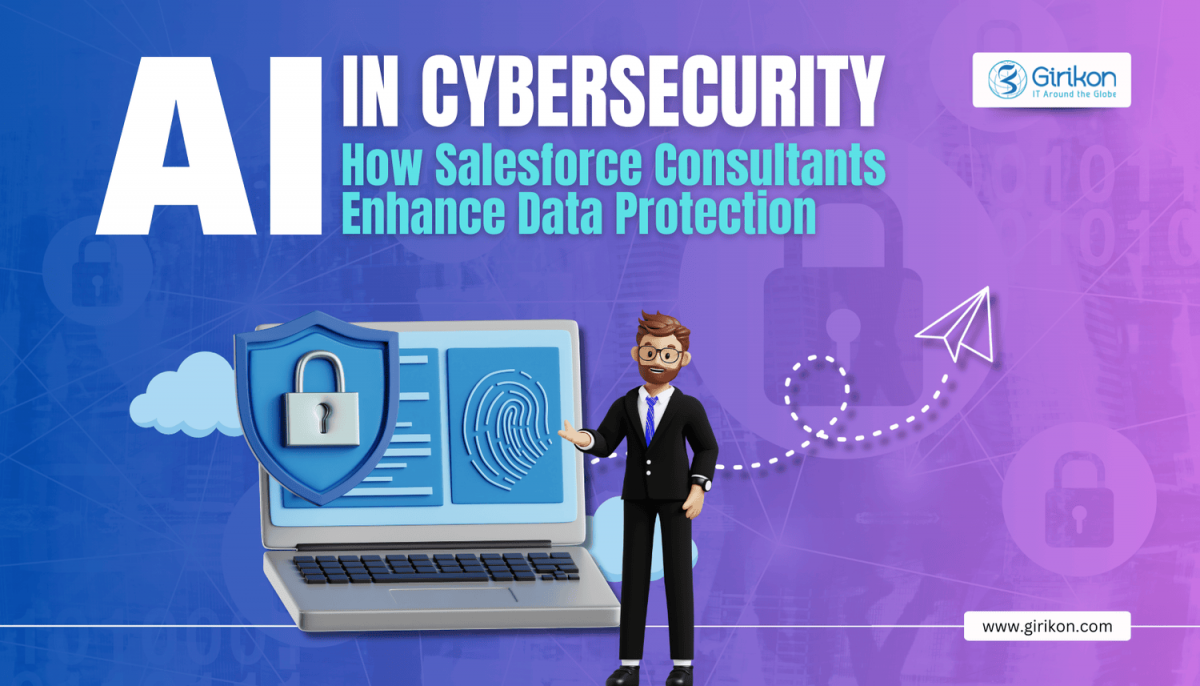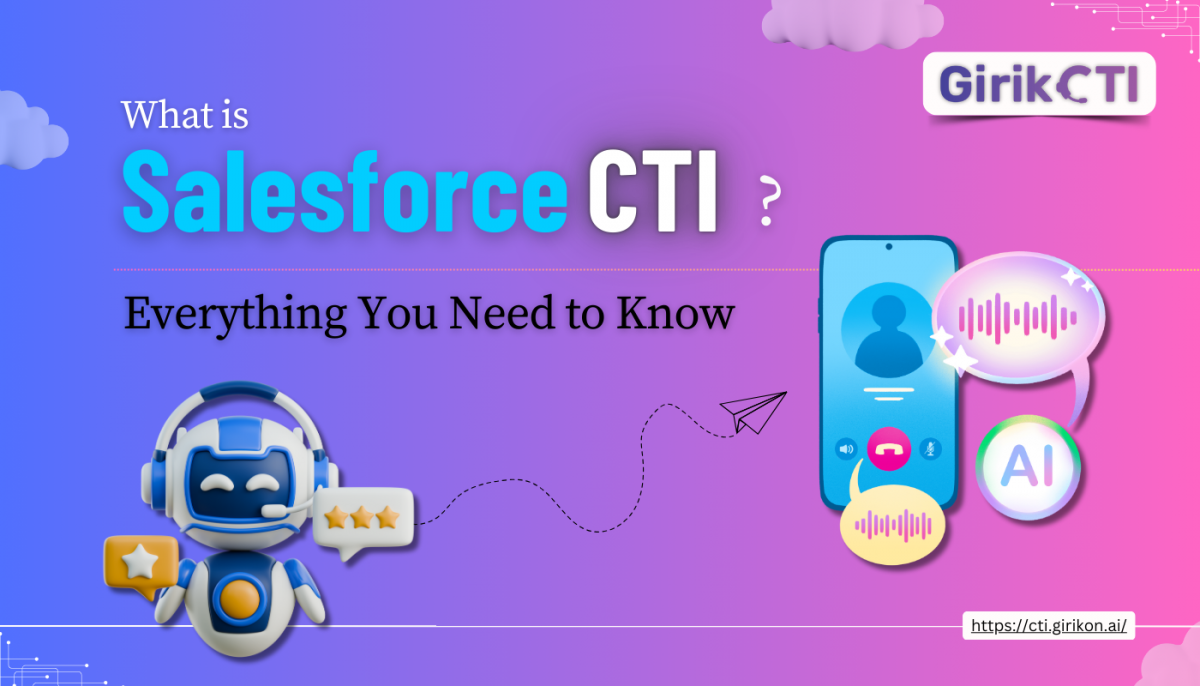Our Blogs
CRM is reshaping customer service today and Salesforce Consultants are helping customers around the world remodel their customer service operations with the world’s leading Customer 360 platform. With rising customer demands and fickle brand loyalty, it is time to stop escalating customer issues and resolve them using a collaborative approach.
With the help of the right Salesforce Partner, you can build an intelligent service swarming model to make your service teams become more efficient by bringing expertise to customers faster.
Imagine a situation when a key customer reaches out to you with a complex issue. it’s the moment of truth. Does your agent escalate the problem or collaborate on it? If the process you follow is always to escalate then visualize this: a team of experts comes together quickly to help your service agent to resolve the problem. This is service swarming.
Service swarming eliminates guesswork from customer service. It allows service agents to share resources and expertise to resolve complicated customer problems faster.
Let’s dive deeper into what service swarming is and how it can benefit your agents and therefore your customers.

What is service swarming?
Service swarming, often referred to as Intelligent Swarming, is a collaborative approach to customer service. A team of experts from across your organization collaborate with your service agents to resolve complex cases or larger incidents faster. These experts can be from any department such as sales, commerce, operations, legal, finance, or any other department, depending on the issue.
This enables teams to leverage their expertise and collaborate on complex issues as and when they come to light. These experts share their knowledge and resources with service agents during the service swarming process. Once they arrive at a solution, the team documents the process and creates a knowledge article so other agents can reference it in the future when similar issues emerge.
In today’s digitally connected world, businesses must be prepared to respond in real quick time to large incidents such as security attacks and service outages. The moment an incident like this occurs, the clock starts ticking. There is a barrage of customer calls. Service agents scramble to juggle between diagnosing the problem and dealing with the overwhelming number of calls. An SLA breach looms large which would lead to a PR nightmare. It’s critical for customer-facing teams to be able to quickly and seamlessly collaborate across departments to identify and resolve the problem.
Swarming is particularly useful when there is a larger and complex issue facing a single customer like a security breach. Swarming can also be scaled to address major incidents that affect multiple customers, like a Denial of Service (DoS). In either case, a collaborative approach that brings together multiple teams, departments, and in certain cases even external partners, is vital to finding a resolution. For instance, if a customer contacts a brand about goods showing up as delivered but not received, the agent can bring in the logistics partner to help.
The benefits of service swarming in customer support
In a traditional customer service model, agents resolve most cases on their own. They search the knowledge base and seek the help of colleagues for issue resolution. But as more time passes, the customer starts to lose patience. The agent escalates the case to an agent at the next hierarchal level or connects with a supervisor, or in some cases transfers the case to an entirely department, which frustrates the customer even more.
A swarming service model turns this entire process on its head. Agents collaborate with a team of experts and are able to arrive at a resolution faster. Not only that, in the process they also become more knowledgeable and efficient, which leads to cost savings for your business. Service Swarming leads to:
Personalized customer engagement: According to Salesforce, 82% of customers expect resolution to their problem by interacting with just one person. Service swarming significantly reduces the complexity of larger problems because now the agent is their single point of contact for the customer throughout the case. This fosters a one-to-one relationship that builds trust and loyalty.
Accelerated skills development: In any organization, knowledge spreads across many layers and sources. When a complex case is passed off by agent because of lack of knowledge, they lose out on an opportunity to gain valuable experience. However, when they collaborate with experts in a swarm, they learn something with every case resolution. The learning that comes over time with a swarm approach would otherwise take years to build.
Scaled automation: According to Salesforce, 63% of agents say it’s extremely challenging to balance promptness and high-quality service. But isn’t that exactly what customers expect from you? With automation, agents can save time and lower operational costs by eliminating repetitive tasks, thereby boosting team efficiency at scale. Service teams more time to focus key activities like building strong, trusted customer relationships.
Teams working together: Service Cloud has a unique feature called Expert Finder. The name says it all. Customer service agents no longer have to work in isolation. Service agents can quickly identify and access a support network of experts and resolve the issue. In fact, agents can be incentivized based on their participation and performance. When a case is resolved, supervisors can recognize those involved and award points which encourages greater participation.
Evolved success metrics: Performance metrics such as average resolution time and first-contact resolutions are always valuable. In service swarming scenarios however, those metrics don’t always apply. Other key metrics such as lower customer wait times, escalation rates, and case handover take priority. Using these indicators, customer service managers can track agent productivity, expert utilization, customer satisfaction, and retention.
Swarming is a new approach to customer service and gives you a fresh perspective of your service teams. There is a paradigm shift in the way your agents and experts work together to resolve customer issues. Now both have a customer centric approach. Collaboration becomes central to customer service; no one is working in isolation.
A swarming support model requires a unified platform
At Salesforce, the customer is at the centre of everything they do. With a unified platform, you can bring together automation and AI to drive productivity and efficiency. With automation and AI, building on a collaborative approach to problem solving, teams can do more with less, allowing you to focus on the most important thing – making customer delight the goal of every experience. A delightful experience leads to greater trust and lasting value.
If you want to implement service swarming in your business to scale your service operations and make it more efficient, you need to invest in the right technology. Empower your service reps a unified platform that is built for team success, allows for a high degree of automation, delivers insights with AI and helps you to deliver personalized customer experiences every time. With a unified platform, your teams can work together from anywhere and deliver the value that your brand stands for.
Salesforce Service Cloud is the world’s leading customer service platform and can help your teams resolve issues and incidents seamlessly. With Slack, you can bring in cross functional swarm experts and easily navigate seamlessly across text, voice and video to deliver case resolution in quick time, thereby building on customer trust and loyalty. And while all this is happening, your service teams are being empowered with fresh knowledge that makes them future ready.
Girikon is a Certified Salesforce Development Partner delivering value to customers across the globe. To know more about how we can help you deliver best in class SLAs in customer service with service swarming, contact us today.

 +1-480-382-1320
+1-480-382-1320 +44-7428758945
+44-7428758945 +61-1300-332-888
+61-1300-332-888 +91 9811400594
+91 9811400594


















